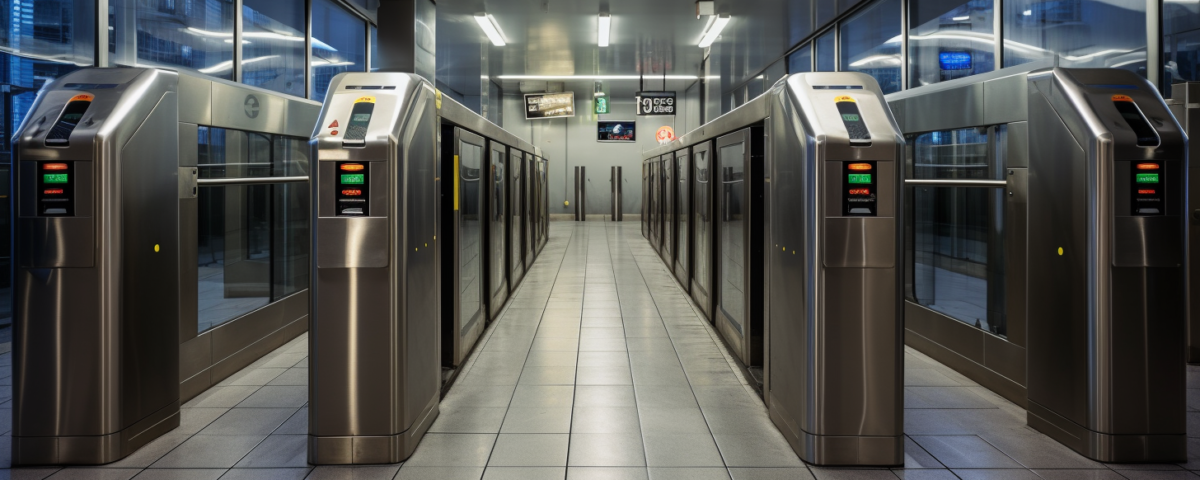
Making curb cuts in sidewalks and entrances
September 18, 2023
2010 ADA Standard 502.2 – Vehicle Spaces
October 31, 2023The Americans with Disabilities Act (ADA) is a vital piece of legislation that strives to ensure equal access for individuals with disabilities in public spaces. One essential aspect of ADA compliance is eliminating turnstiles or providing alternative accessible paths. In this article, we’ll explore why these changes are crucial, the ADA standards and measurements involved, and the significance of barrier removal for enhancing accessibility.
At a Glance
- Accessibility: Removing turnstiles or providing alternative accessible paths ensures individuals with mobility challenges can navigate public spaces independently, promoting equal access.
- Independence: Properly designed accessible paths empower individuals with disabilities to move through areas autonomously, fostering self-reliance.
- Safety: Accessible paths reduce the risk of accidents and ensure easy passage for everyone, not just individuals with disabilities.
- Legal Requirement: The ADA mandates specific standards for accessible paths to ensure fairness and accessibility.
- Inclusivity: Eliminating turnstiles and offering accessible paths aligns with universal design principles, making spaces more welcoming for everyone, regardless of their abilities.
Eliminating Turnstiles:
Turnstiles, often encountered in public transportation or secure access areas, can pose significant barriers to individuals with mobility aids like wheelchairs. ADA standards require removing turnstiles or providing accessible alternatives such as gates, ramps, or widened gates. These alternatives must offer a clear width of at least 32 inches to accommodate individuals using wheelchairs.
Providing Accessible Paths:
Accessible paths are essential for ensuring that individuals with mobility challenges can navigate public spaces with ease. These paths should be level and free of obstacles, allowing wheelchair users to move without difficulty. ADA guidelines specify that accessible paths must be at least 36 inches wide for interior doors and 48 inches wide for exterior doors.
Importance of Compliance:
Eliminating turnstiles and providing accessible paths is not just a matter of following regulations; it’s about promoting inclusivity and ensuring that everyone, regardless of their mobility needs, can access public spaces comfortably. Properly designed accessible paths are essential for individuals with disabilities, as they allow for equal participation in various aspects of life, such as education, employment, and community engagement.
Promoting Independence:
Accessible paths empower individuals with disabilities to move independently, enhancing their self-reliance and overall quality of life. They can navigate through spaces without requiring assistance, which is a significant boost to their autonomy.
Enhancing Safety:
Properly designed accessible paths contribute to safety by ensuring easy and unobstructed passage. This benefits everyone in public spaces, as it reduces congestion and the risk of accidents.
Conclusion:
In conclusion, eliminating turnstiles and providing accessible paths is a crucial step toward achieving a more accessible and inclusive society. It ensures accessibility, promotes independence, enhances safety, and demonstrates a commitment to the principles of the ADA. As we continue to adapt our public spaces, let us remember that barrier removal is more than just a modification; it is a tangible expression of our dedication to ensuring that everyone, regardless of their mobility, can access all areas with dignity and ease.




